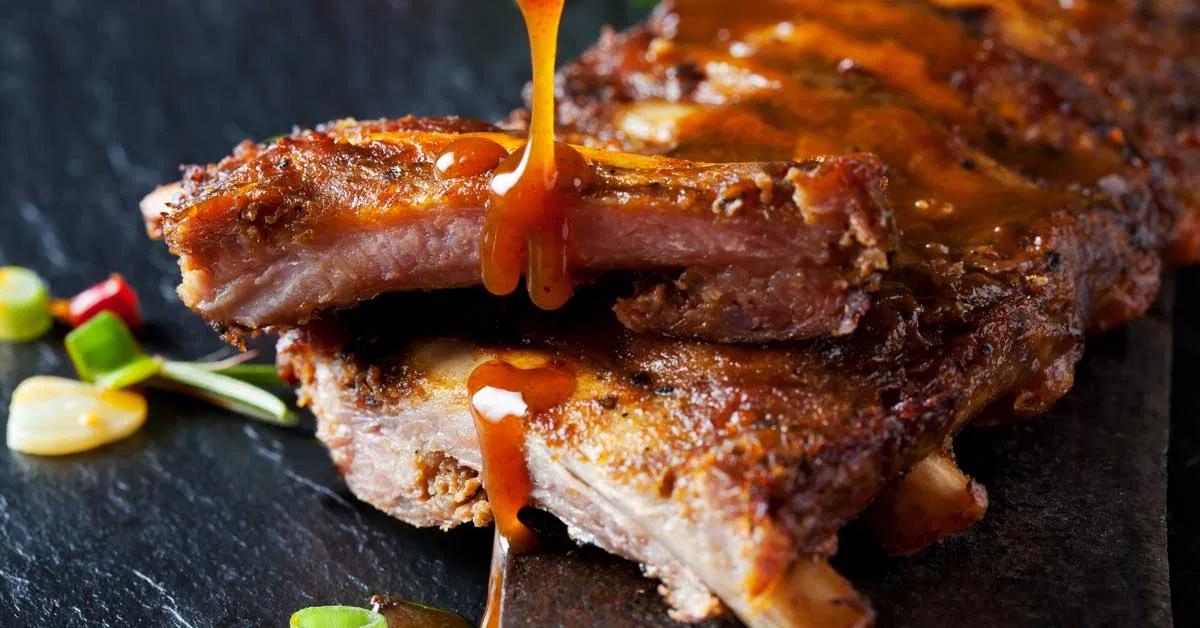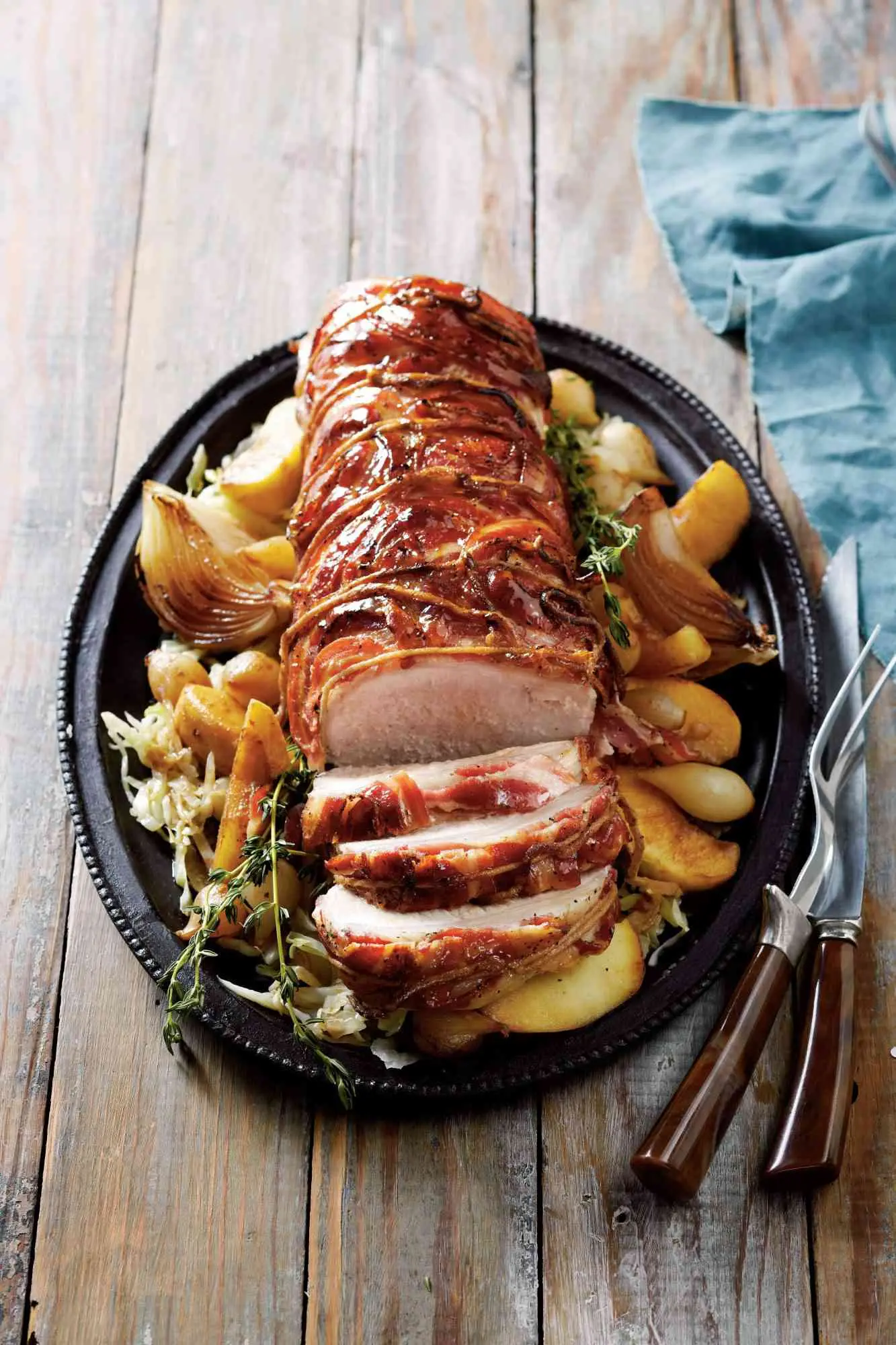When it comes to cooking pork shoulder for smoking, achieving the correct internal temperature is crucial. Not only does it ensure that the meat is safe to eat, but it also determines the tenderness and juiciness of the final product. In this guide, we will explore the ideal internal temperature for smoked pork shoulder and provide tips for achieving perfect results every time.
Understanding the Importance of Internal Temperature
Cooking meat to the correct temperature is vital for food safety. Pork, in particular, can be prone to parasitic infections if not cooked properly. Trichinella spiralis, a parasitic roundworm, can be found in pork and can cause trichinosis if consumed. Symptoms of trichinosis include diarrhea, stomach cramps, muscle pain, and fever. While the incidence of trichinosis has significantly decreased in recent years due to improved hygiene and food safety practices, it is still important to cook pork to the proper temperature to reduce the risk of infection.
Using a digital meat thermometer is the easiest and most effective way to measure the internal temperature of smoked pork shoulder. Make sure to insert the thermometer into the thickest part of the meat, avoiding contact with bone. Cleaning the thermometer before and after each use is also essential for preventing cross-contamination.
Internal Temperature Guidelines for Smoked Pork Shoulder
The ideal internal temperature for smoked pork shoulder depends on the desired tenderness and texture. Different cuts of pork require different cooking temperatures to achieve optimal results. Here are the recommended internal temperatures for smoked pork shoulder:
- Tough Cuts of Pork (e.g., Boston butt): Cook at a temperature at or below 275°F (135°C) and aim for an internal temperature between 170°F (77°C) and 210°F (99°C). These cuts contain more collagen, which breaks down into gelatin when cooked slowly at lower temperatures. This process results in succulent and moist meat, perfect for pulled pork sandwiches. To achieve the desired tenderness, it is recommended to cook these cuts to at least 170°F (77°C), but not exceeding 210°F (99°C).
- Tender Cuts of Pork (e.g., pork tenderloin or bone-in pork chop): Cook at a high temperature for a short period of time until the internal temperature reaches 145°F (63°C). These cuts are naturally tender and cooking them for too long can result in dry and tough meat. Searing the outside of the seasoned meat in a cast iron skillet before transferring it to a hot oven is a great way to achieve a nice crust while maintaining the desired internal temperature.
- Ground Pork (e.g., sausage patties or ground pork mixtures): Cook at medium-high heat until the internal temperature reaches 160°F (71°C). Ground pork carries a higher risk of bacterial contamination, so it is important to cook it thoroughly to ensure food safety.
It is important to note that these recommended internal temperatures are based on guidelines from the U.S. Department of Agriculture (USDA) to ensure food safety. However, personal preferences for doneness may vary. Some individuals may prefer their pork shoulder cooked to a slightly higher or lower internal temperature, depending on their desired level of tenderness.

Resting Time for Smoked Pork Shoulder
Allowing smoked pork shoulder to rest after cooking is essential for preserving its juiciness and flavor. During the resting period, the internal temperature of the meat remains stable or continues to increase slightly. This resting time also allows the juices to redistribute throughout the meat, resulting in a more flavorful and tender final product.
The general recommendation is to let smoked pork shoulder rest for at least 15 minutes before slicing or shredding. This allows the juices to reabsorb into the meat and prevents them from spilling out when the meat is cut. Resting times may vary depending on the size of the pork shoulder, with larger cuts requiring longer resting periods.
Is pork shoulder done at 170 degrees?
Pork shoulder is considered done when it reaches an internal temperature of at least 145°F (63°C), according to USDA guidelines. However, for optimal tenderness and the ability to shred the meat for pulled pork sandwiches, it is recommended to cook pork shoulder to at least 170°F (77°C). Cooking it beyond 210°F (99°C) can result in dryness, so it is best to aim for a temperature between 200°F (93°C) and 205°F (96°C) for pulled pork.
Is smoked pork done at 180 degrees?
The ideal internal temperature for smoked pork depends on the cut and desired tenderness. While the USDA recommends cooking pork chops, steaks, ham, and roasts to at least 145°F (63°C), cuts like pork shoulder and ribs benefit from cooking to higher temperatures. For these cuts, it is recommended to cook them to at least 170°F (77°C) but not exceed 210°F (99°C) to avoid drying them out. The sweet spot for pulled pork is between 200°F (93°C) and 205°F (96°C), while ribs are tender at temperatures between 180°F (82°C) and 195°F (90°C).
Achieving the correct internal temperature is crucial when smoking pork shoulder. It ensures both food safety and the desired tenderness and juiciness of the meat. By following the recommended internal temperature guidelines for different cuts of pork, you can confidently smoke pork shoulder to perfection. Remember to use a digital meat thermometer, allow the meat to rest, and enjoy the delicious results of your smoking endeavors.
If you want to know other articles similar to Smoked pork shoulder: achieving perfect internal temperature you can visit the Cooking category.


Related Articles